Outsmarting Rats: The No-Nonsense Guide to Reclaiming Your Home
I’ve been in the pest control game for a long, long time, and I’ve seen just about everything. I remember one job at an old downtown bakery where the owner was on the verge of losing his business. Rats were everywhere, and nothing he tried—from cheap traps to poison pellets—was working. That job taught me the single most important lesson: you don’t just get rid of rats. You have to out-think them.
In this article
Dealing with a rat problem is a systematic process. It’s about understanding your opponent and using that knowledge to win. Skip a step, and I promise you, they’ll be back. My goal here is to share the playbook that the pros use, so you can tackle this with confidence. This is how you solve the problem for good.
Oh, and before we dive in, here’s a quick win you can do right now. Go check your pet food or birdseed. Is it in a flimsy paper or plastic bag? If so, put it in a hard plastic tote or a metal can immediately. You just removed a massive welcome mat for rodents. Seriously, do it now.

First, Know Your Enemy
Before you do anything else, you need to know what you’re up against. In most homes, you’re dealing with one of two types of rats, and they have completely different habits. Figuring out which one you have is critical to your success.
Let’s break down the two main culprits:
- The Norway Rat: Think of this one as the ground-floor specialist. They’re a bit chunky, with a blunt nose and a tail that’s shorter than their body. These guys are expert burrowers, so you’ll find their nests in basements, crawl spaces, or in tunnels they’ve dug along your foundation. Their droppings are bigger, about 3/4 of an inch long and shaped like a capsule. If you have Norway rats, your fight is mostly at ground level.
- The Roof Rat: This one is the agile climber. It’s leaner, with a pointed nose, big ears, and a tail that’s actually longer than its body. True to their name, they live up high—in attics, ceilings, and wall voids. They get into your house by climbing trees with overhanging branches or scurrying along utility wires. Their droppings are smaller and pointed on the ends. If you have these guys, sealing up holes on your roofline is just as important as sealing the foundation.
Rats are also hardwired with some tricky survival instincts. If you don’t understand these, you’re just wasting your time and money.
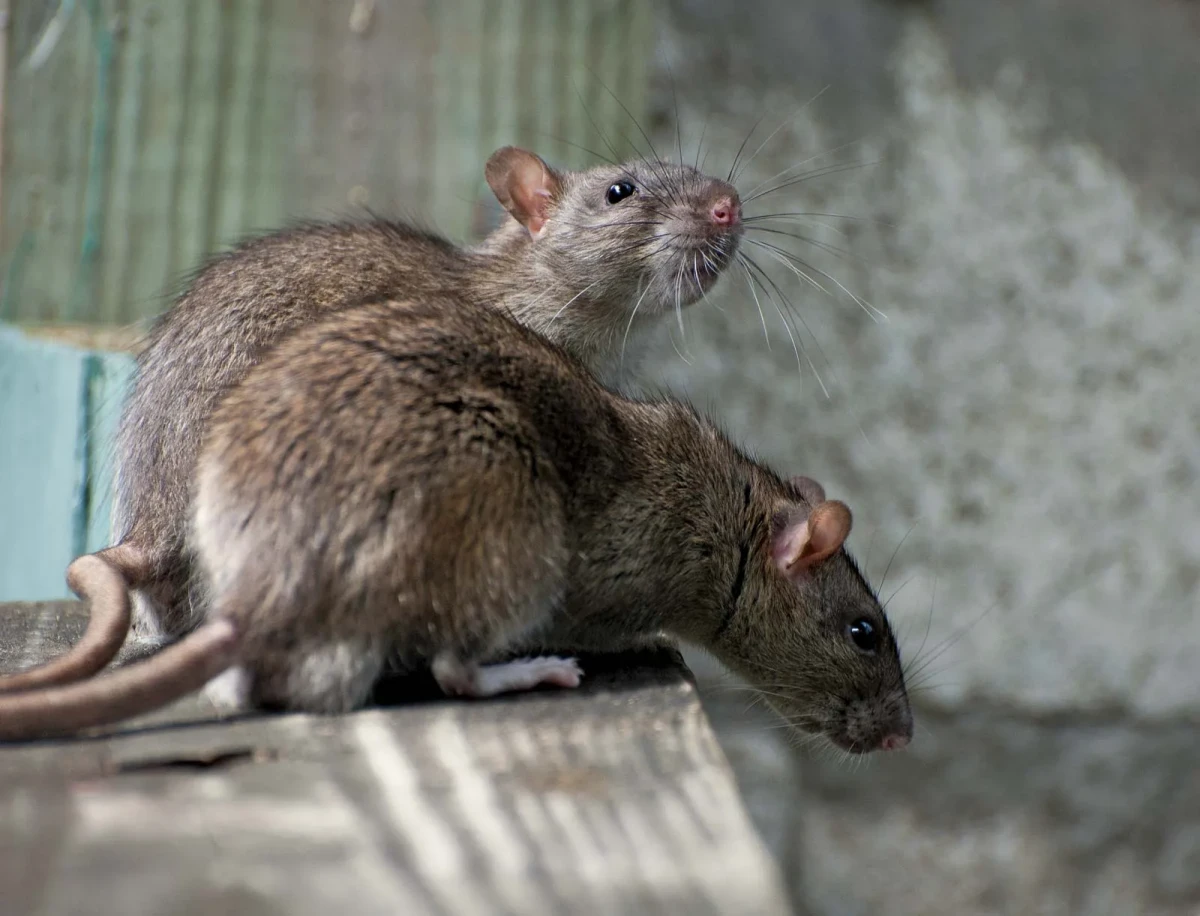
For one, they have something called neophobia, which is just a fancy word for a fear of new things. You can’t just throw a trap in their path and expect results. They’ll actively avoid it for days, sometimes weeks, because it’s new and suspicious. We’ll talk about how to use this to your advantage later.
And their physical abilities? Honestly, they’re impressive. An adult rat can squeeze through a hole the size of a U.S. quarter. Go ahead, grab a quarter and look at it. That’s the size of the opening you need to be looking for. Their teeth can chew through wood, PVC, and even soft metals like aluminum. This is why just spraying expanding foam into a hole is a complete waste of time; they’ll chew right through it overnight.
The Three Pillars of Rodent Control
Every single successful rat removal job I’ve ever done rests on three pillars, done in this exact order: a deep inspection, permanent exclusion, and then targeted elimination. Get the order wrong, and you’re just chasing your tail.
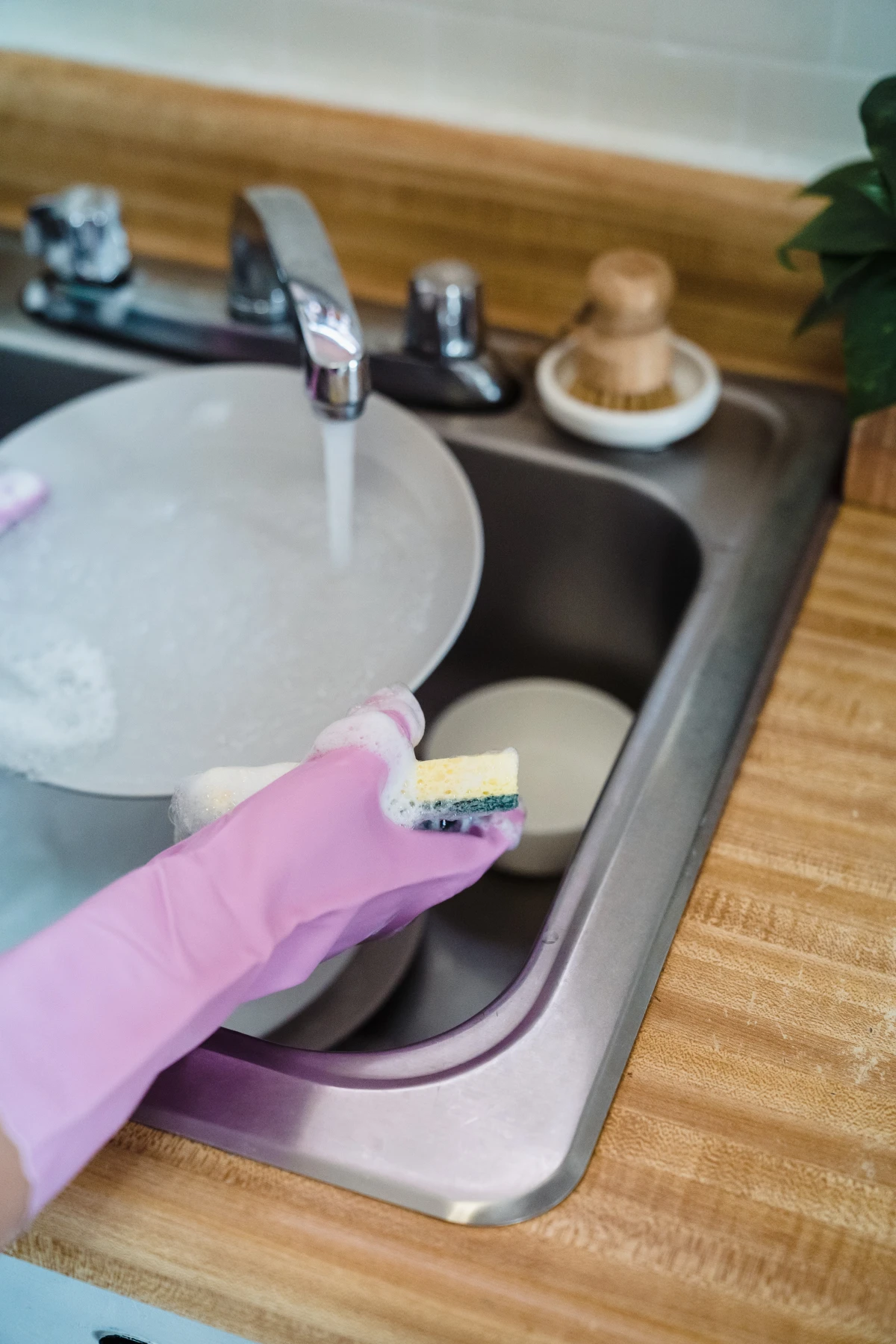
Pillar 1: The Detective Work (Inspection)
This isn’t a quick walk-around. This is detective work. Grab a bright flashlight, put on some old clothes, and plan to spend at least an hour on this. You’re searching for clues to map out their world:
- Droppings: This is your number one clue. The location and size tell you where they hang out and which species you have. Fresh droppings are dark and shiny; old ones are gray and dusty.
- Rub Marks: Rats are creatures of habit with poor eyesight, so they hug walls as they run. The grease and dirt from their fur leave dark smudges along baseboards, pipes, and beams. These are their highways, and finding them is like finding a treasure map. It tells you exactly where to place your traps.
- Gnaw Marks: Look for fresh chewing on wood, wires, or pipes. This shows you where they’re trying to expand their territory or what materials they’re testing.
- Sounds & Smells: At night, listen for scratching or scurrying in the walls or ceiling. A big infestation also leaves a distinct, musky ammonia smell from their urine. It’s a smell you won’t forget.
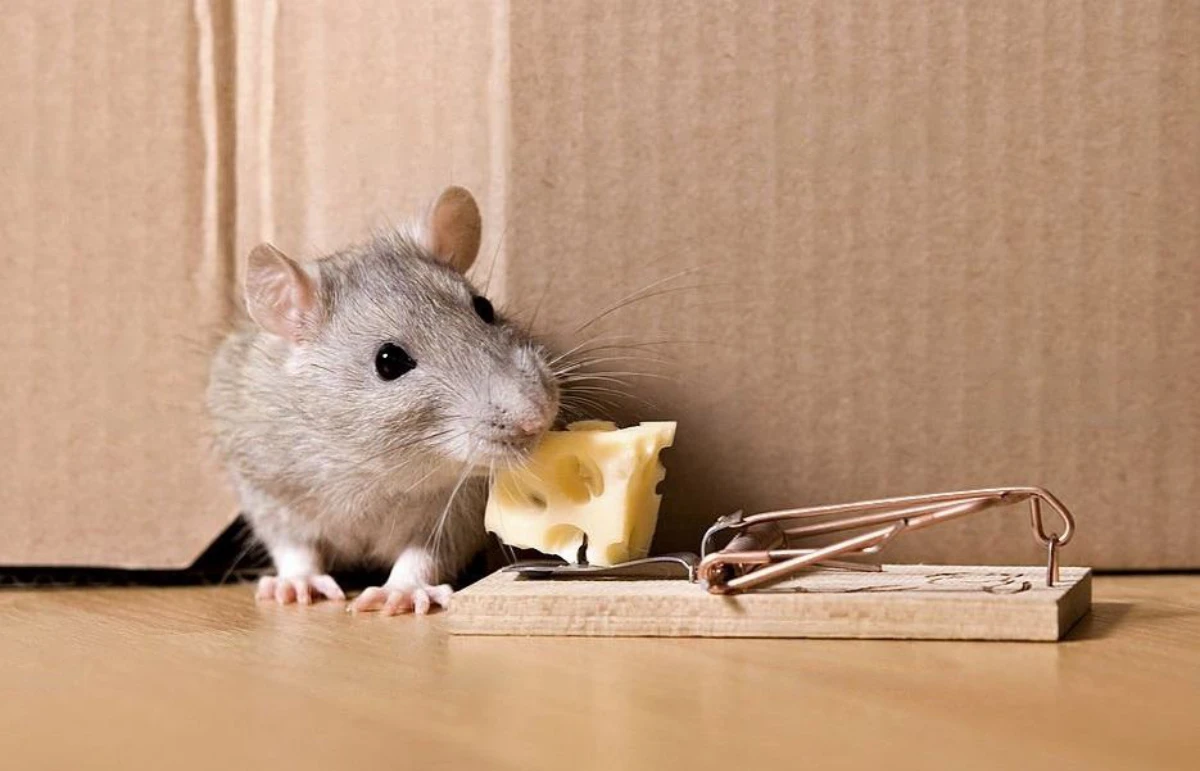
Pillar 2: Build a Fortress (Exclusion)
I cannot say this loudly enough: this is the most important step. If you kill every rat inside but don’t seal up their entry points, new ones will just move in to claim the empty territory. Exclusion is the only thing that provides a permanent solution.
You have to use materials they can’t chew through. Here’s your basic exclusion shopping list, which you can find at any Home Depot or Lowe’s:
- Copper Mesh: It’s like steel wool but it won’t rust. Rats hate chewing on it. A small roll costs about $10-$15.
- 1/4-Inch Hardware Cloth: This is a sturdy wire mesh for covering larger vents or holes. A small roll is around $10.
- Rodent-Proof Sealant: A high-quality sealant for gaps. Look for one that’s specifically designed to deter pests.
For under $50 and a few hours of work, you can get started. Walk the perimeter of your house and stuff copper mesh into any crack or hole you find around pipes, vents, and in the foundation. Then, cover larger openings with hardware cloth, securing it with screws.

Pillar 3: The Takedown (Elimination)
Okay, once your home is sealed up tight, it’s time to deal with the rats trapped inside. For this, trapping is almost always better than poison for inside the house.
Why? Because with a trap, you know you caught it. With poison, the rat wanders off and often dies inside a wall, creating a horrific smell that can last for weeks and might require cutting open your drywall to remove. It’s a common and costly mistake.
Trapping Like a Pro:
- Get Enough Traps: Don’t just buy one or two. That’s a rookie mistake. For an average problem, start with a dozen classic wooden snap traps. You want to hit them hard and fast.
- Placement is Key: Remember those greasy rub marks—the rat highways? Place your traps right there, perpendicular to the wall so the trigger faces the baseboard. They’ll run right over it. Never, ever place a trap in the middle of a room.
- Beat Their Fear: To get past their neophobia, bait the traps but don’t set them for 2-3 nights. Let them get used to the new object and get a free meal. Once you see they’re taking the bait, re-bait and set the traps. Your success rate will go through the roof.
- Smart Baiting: Peanut butter works, but so does chocolate, bacon, or even nesting material like dental floss. A great pro tip is to use whatever they’re already eating in your house. If they’re getting into your cereal, use that on the trap.
A quick word on poisons: just be extremely careful. Rodenticides are effective but pose a real risk to pets, kids, and local wildlife. If you must use them outdoors, you MUST use a tamper-resistant bait station. These are required by law in many places for a reason. They’re plastic boxes a pet can’t get into. Please, read and follow the label exactly—it’s not a suggestion, it’s the law.

What If Things Get Complicated?
Sometimes you’ll run into a “trap-shy” rat that just won’t go near your traps. If changing the bait doesn’t work, try camouflaging the trap. Place it inside a shoebox with a hole cut in each end. This works because it mimics a dark, safe tunnel, which makes a cautious rat feel more secure while investigating. It’s a fantastic trick.
After you’ve won the battle, the cleanup is critical for your health. Never sweep or vacuum dry droppings, as this can kick nasty virus particles into the air. Heads up! Always wear gloves and a good mask. Mix up a 10% bleach solution (that’s simply 1 part bleach to 9 parts water) and spray the area thoroughly. Let it soak for five minutes before wiping it all up with paper towels and disposing of everything in a sealed bag.
When to Wave the White Flag and Call a Pro
Listen, it’s important to know your limits. If you’re seeing rats during the day, hearing constant noise, or if you’ve tried these steps for a few weeks without success, it’s time to call a professional. A significant infestation is not a DIY job.
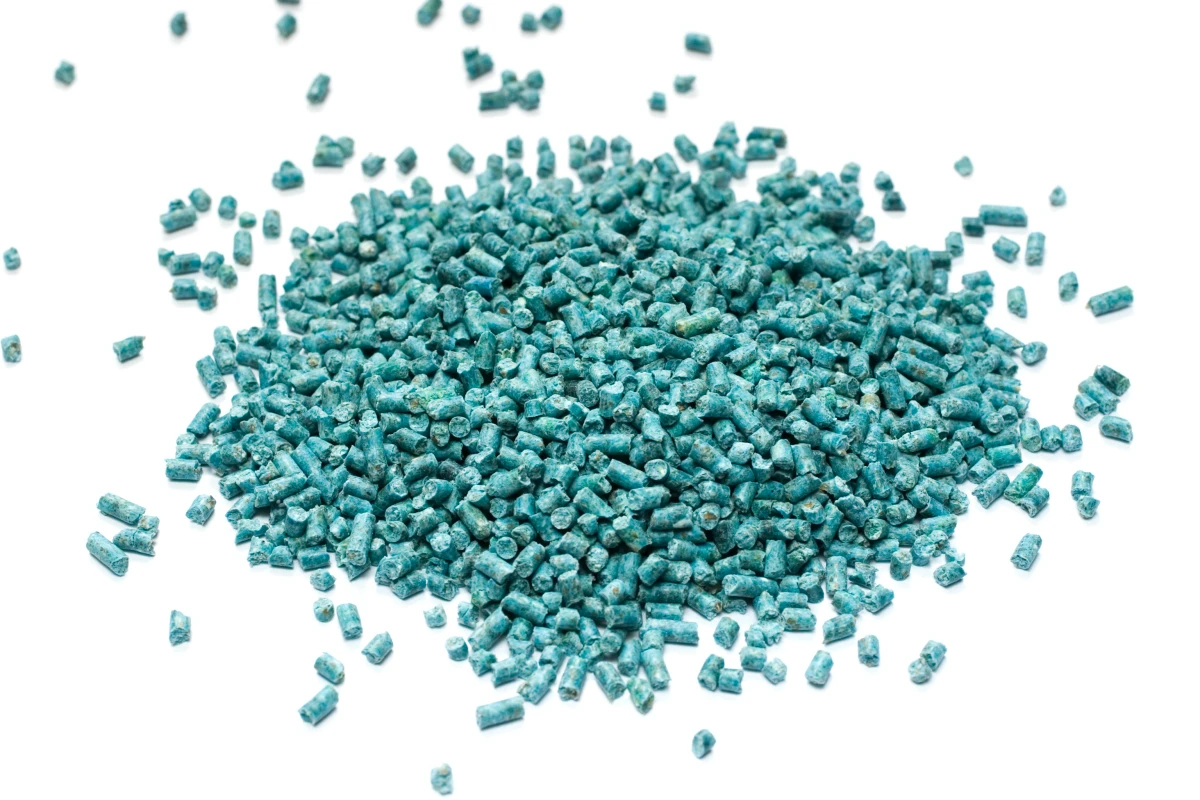
Hiring a pro isn’t cheap, but it’s often worth the money for your peace of mind. You can expect to pay somewhere in the $150-$300 range for an initial inspection and setup. Major exclusion work will cost more, but a good company will solve the problem and show you exactly how they sealed your home to prevent it from ever happening again.
Galerie d’inspiration

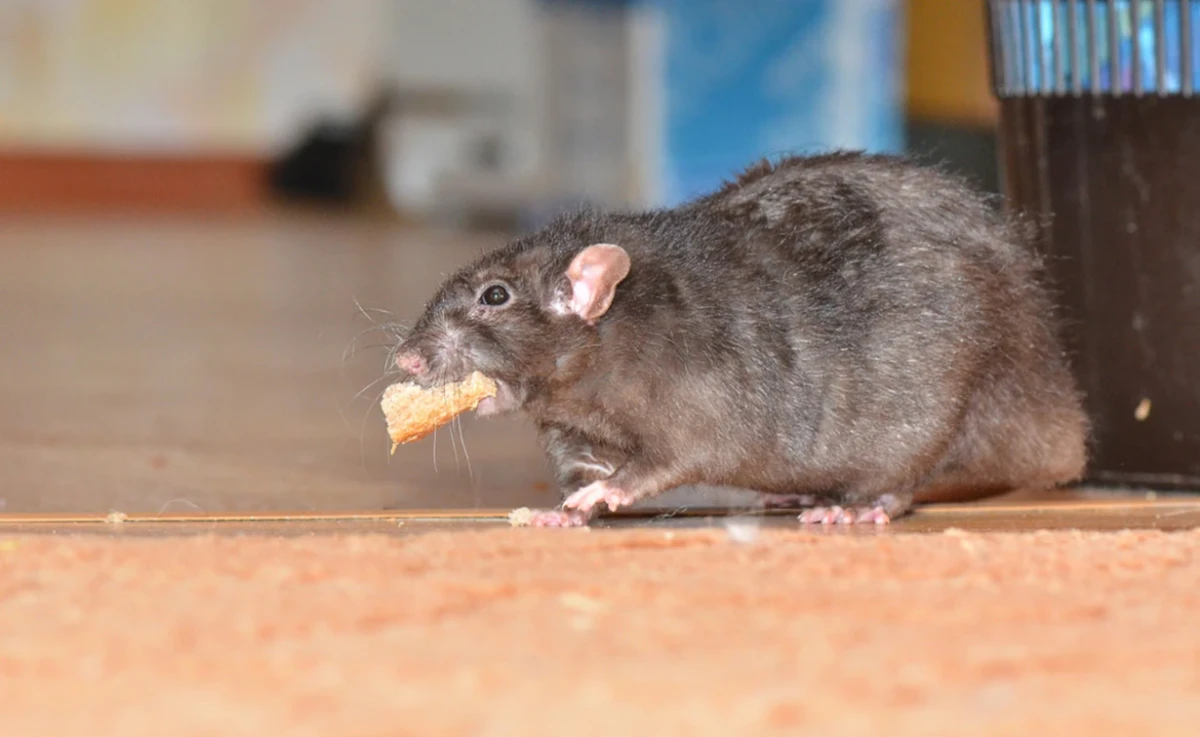
A rat’s teeth are stronger than iron and can chew through wood, plastic, and even low-quality concrete. When you find an entry point, don’t just stuff it with newspaper. You need an impenetrable barrier. This is your sealing arsenal:
- Steel Wool or Copper Mesh: For small gaps and holes around pipes, stuff them tightly with a product like Xcluder® fill fabric or a simple copper mesh. Rats hate the feel of it on their teeth and can’t chew through it.
- Mortar or Concrete Patch: For cracks in the foundation or larger openings, a quick-setting cement patch is your permanent solution.
- Metal Sheeting: Use galvanized steel to cover larger, gnawed holes in wooden structures or walls.
A rat can squeeze through a hole the size of a quarter.
This single fact highlights why a thorough inspection is critical. Get a flashlight and check every inch of your home’s foundation, siding, and roofline. Pay special attention to utility entry points for pipes and cables, gaps under doors, and vents. A small oversight is a big invitation.










